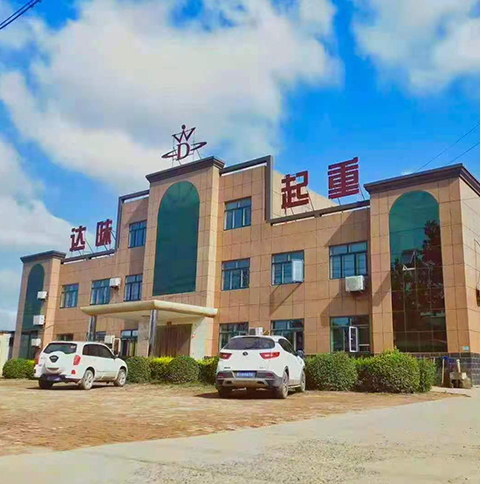Heavy Machinery Rollers and Skids for Efficient Moving Solutions
The Importance of Roller Skids in Heavy Machinery Moving
In the world of heavy machinery, efficiency and precision are key factors for successful operations in industries such as construction, manufacturing, and logistics. One crucial tool that has revolutionized the way heavy equipment is transported and maneuvered is the roller skid. Roller skids are essentially platforms equipped with multiple rollers that facilitate the movement of heavy machinery with minimal effort. In this article, we will explore the significance of roller skids in heavy machinery moving, their functionalities, benefits, and applications.
Understanding Roller Skids
Roller skids are designed to support heavy equipment, allowing it to be easily moved or repositioned. These skids typically consist of robust frames made from durable materials, capable of withstanding significant weight loads. The bottom surface is fitted with a series of rollers or wheels, which significantly reduce the friction between the heavy machinery and the ground, making it easier to push, pull, or slide the equipment across various surfaces.
The Functionality of Roller Skids
The primary function of roller skids is to facilitate the safe transportation of heavy machinery. Using roller skids, operators can move equipment that may otherwise be stationary or difficult to handle. This is particularly important in tight spaces or on uneven surfaces where traditional forklifts or other lifting equipment may struggle.
Roller skids can be used for various purposes, including 1. Moving Machinery Within a Facility In manufacturing plants, roller skids allow for the quick relocation of machinery as production needs change. This adaptability ensures maximum efficiency. 2. Loading and Unloading Heavy equipment can be safely loaded onto trucks or containers using roller skids, significantly increasing the speed and safety of the process.
3. Maintenance and Repairs Equipment such as turbines, generators, and other large machines often require maintenance. Roller skids enable technicians to easily access different parts of the machinery without needing specialized lifting equipment.
roller skids heavy machine movers

Benefits of Using Roller Skids
1. Increased Safety One of the primary advantages of roller skids is enhanced safety. By providing a stable and controlled means of moving heavy machinery, they reduce the risk of accidents and injuries often associated with heavy lifting.
2. Cost Efficiency By reducing the manpower required to move heavy machinery and minimizing damage to both equipment and flooring, roller skids contribute to overall cost savings in operations.
3. Versatility Roller skids are adaptable to a range of machines and can be used in various environments, from factories to outdoor construction sites. Their design can accommodate different sizes and weights of equipment.
4. Ease of Use Most roller skids are designed for quick setup and operation, allowing workers to move heavy equipment without extensive training. This usability ensures that operations continue to run smoothly without delays.
Applications Across Industries
The applications of roller skids extend across numerous industries. In construction, they are invaluable for moving heavy excavators or bulldozers. In manufacturing settings, they help in repositioning industrial machines for optimized workflows. Moreover, in energy sectors, such as oil and gas, roller skids are employed to move large pumps and compressors, enhancing the speed of installation and maintenance operations.
In conclusion, roller skids have become an indispensable tool in the heavy machinery moving industry. Their ability to enhance safety, improve efficiency, and reduce costs makes them a preferred choice for businesses that rely on heavy equipment. As industries continue to evolve, the demand for innovative solutions like roller skids will undoubtedly grow, ensuring that material handling remains smooth and effective. Whether it's in a factory, construction site, or energy field, roller skids play a vital role in mobilizing heavy machinery, thereby enhancing overall productivity.
-
Unlock Seamless Relocation with Our Heavy Equipment Moving ExpertiseNewsJun.06,2025
-
Unleash Unrivaled Flexibility with Our Adjustable Gantry CraneNewsJun.06,2025
-
Unleash Heavy-Duty Efficiency with Our Industrial Gantry Crane SolutionsNewsJun.06,2025
-
Revolutionize Steel Handling with Our Magnetic Lifter RangeNewsJun.06,2025
-
Master Equipment Mobility with Premium Machinery Mover SolutionsNewsJun.06,2025
-
Elevate Your Material Handling with Magnetic Lifter TechnologyNewsJun.06,2025
-
YS Permanent Lifting Magnets: The Smarter Way to Handle SteelNewsMay.22,2025
